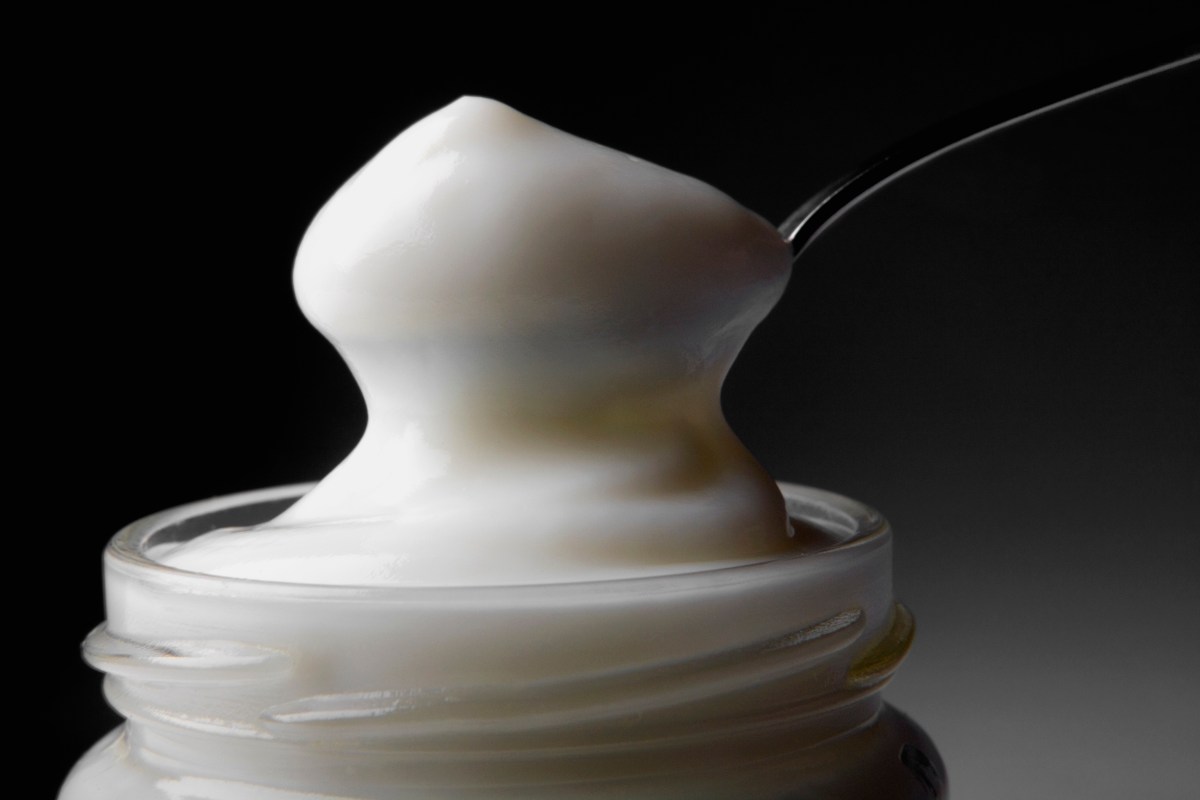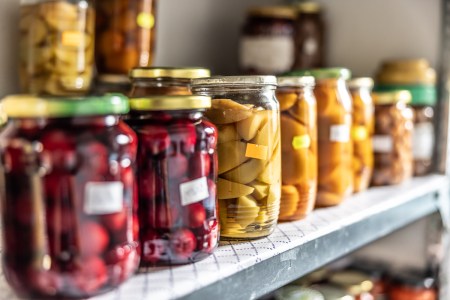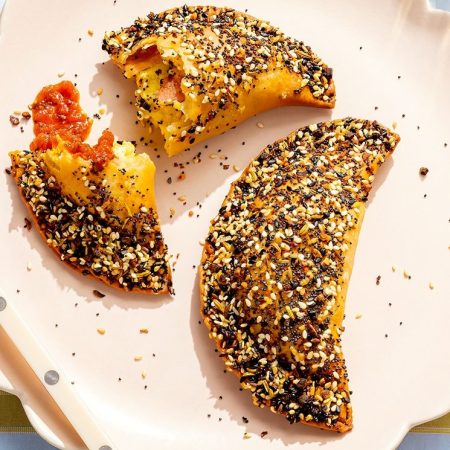It is ironic that mayonnaise, one of the most simple foods, is also one of the more controversial, temperamental and fiercely debated. The controversy, I suspect, stems from overexposure to jarred prepared mayo (and other mayo-like whips and spreads). These condiments are, admittedly, challenging in both flavor and texture, both due to the shelf-stable requirements of such a product. Using a bit of science, however, we can engineer a homemade mayo that will satisfy both champions and critics.
Mayonnaise, at its core, is created from oil, eggs and water (in the form of an acid like vinegar or lemon juice). The magic happens due to a substance called lecithin found in egg yolks. Lecithin is unique, as it can attract both water and fats at the molecular level when agitated. So, in the case of mayonnaise, when proper amounts of oil and lemon juice are whisked together with an egg yolk, an emulsion forms and mayonnaise is born. (For those who slept through chemistry class, an emulsion is a stable mixture of two un-mixable liquids, like oil and water.) Commercial mayonnaise brands will also include ingredients such as water, whole eggs, salt, sugar, preservatives and “natural flavors.” While perfectly safe, prepared mayo tends to prioritize longevity over optimal texture and flavor.
Homemade mayonnaise can be sublime, but it too has its share of pitfalls. As anyone who has made a homemade salad dressing or spilled motor oil on the driveway can attest to, oil and water do not easily mix. Since home cooks don’t have the advantage of ultra high-speed commercial blending equipment, we need every trick in the book to coax an emulsion to form. First, using mustard is crucial to home mayonnaise-making, as mustard itself contains emulsifying ingredients that give the mayo a head start when blending. Next, using room temperature eggs helps the mayonnaise thicken a bit quicker, which helps with the final texture. Finally, using more acid in your homemade mayo than what you’d find in the store-bought kind will help with shelf life and flavor in the final dish.
A few notes before the recipe: The below calls for a raw egg, which the USDA has feelings about consuming. If you share the government’s sentiment, use an in-shell pasteurized egg instead. Also, for some reason, sometimes homemade mayonnaise just doesn’t form. Every recipe claims to have the magic trick (and I have tried them all), yet still one out of every five batches just doesn’t thicken. If this happens to you, don’t hang your head, don’t try to salvage it — just start over from scratch. If you continue to struggle, consider doubling the recipe or adding in an extra egg yolk. Finally, you will want to use the smallest blender you can find for this recipe. If all you have is an XL model made for margaritas and smoothies, invest in a small stick immersion-style blender.
60-Second Mayonnaise
Prep Time: 1 min
Cook Time: 1 min
Total Time: 1 min
Servings: 1 cup
Ingredients
- 1 egg, room temperature
- 1 1/2 tablespoons lemon juice
- 1 tablespoon Dijon mustard
- 1 cup neutral oil (canola, vegetable, sunflower, etc.)
- 1/4 teaspoon salt
Directions
-
-
Combine egg, lemon juice, mustard and salt into blender. Pulse for 10 seconds to combine.
-
Start blender on low and slowly dribble in the oil (it should take about a minute). You’ll notice the blender will start working harder when 2/3 of the oil is added. Once all of the oil is blended, decant and store refrigerated for up to a week.
-
Try These Other Recipes
An Unforgettable Chicken Recipe That’s Easy Enough for Weeknights
I ordered this roast chicken dish multiple times during a recent vacation. Here’s the surprisingly simple recipe.This Cookbook Has Me Thinking About Meat Differently
The new tome from chef Jeremy Fox dives into some very interesting carnivorous projectsBrining Outside the Box: Unusual Things to Pickle
Cucumbers aren’t the only thing you should be curingEvery Thursday, our resident experts see to it that you’re up to date on the latest from the world of drinks. Trend reports, bottle reviews, cocktail recipes and more. Sign up for THE SPILL now.





















